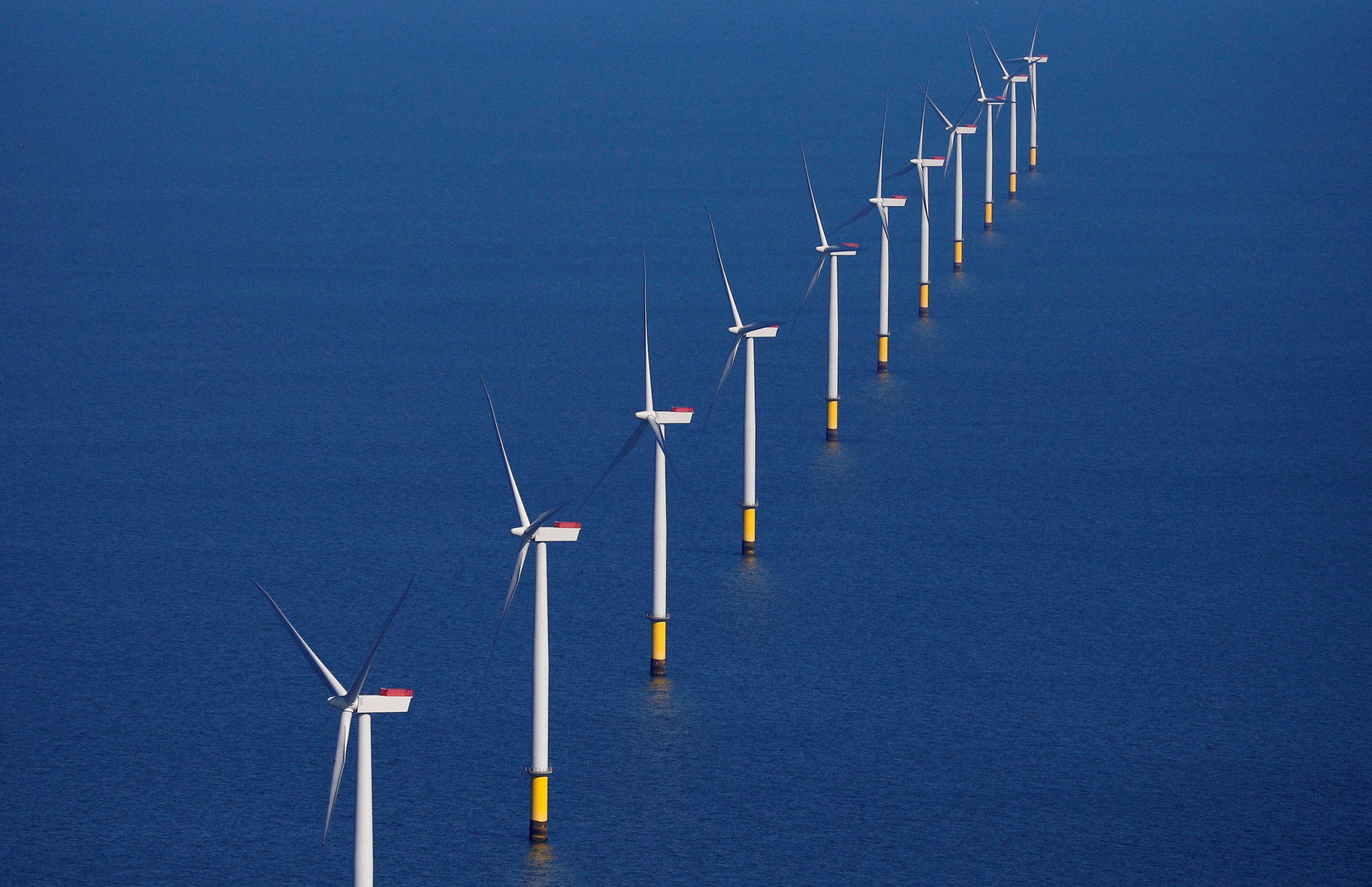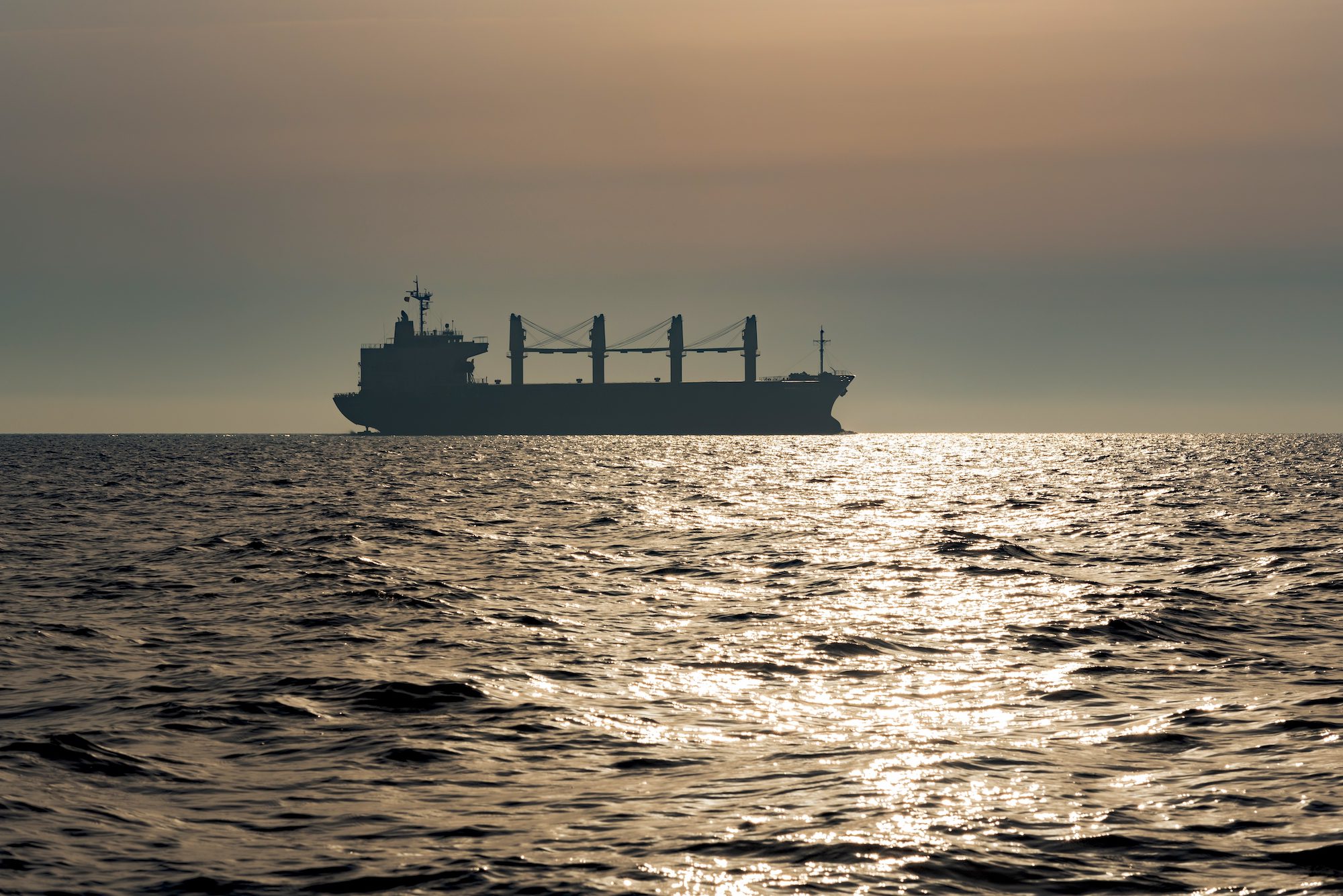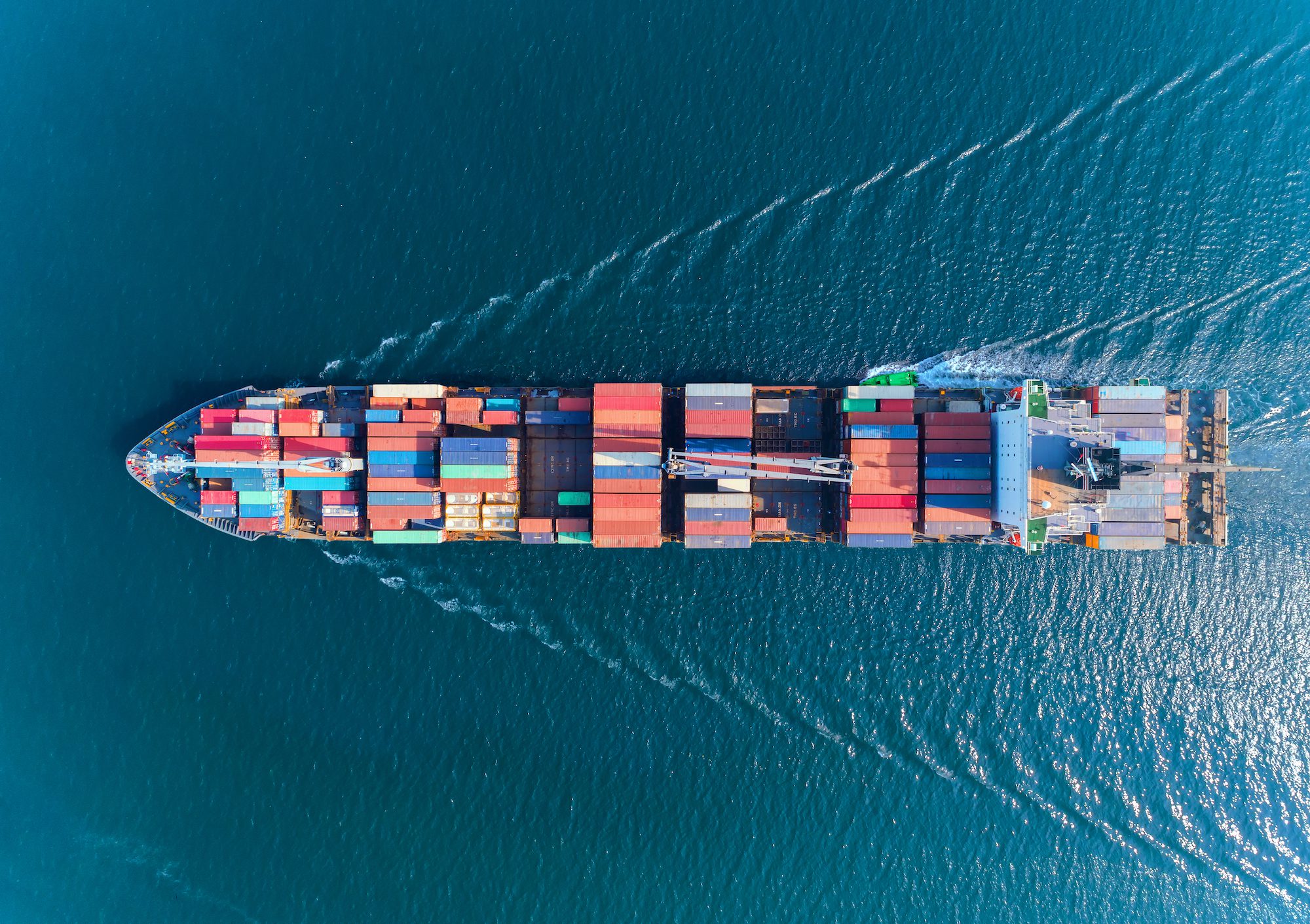By Will Mathis (Bloomberg) —
Danish renewable energy developer Orsted A/S will spend more than $145 million to develop a Swedish facility to produce low-carbon shipping fuel.
The site will be the largest of its kind in Europe, serving as a potential test case for the nascent market to cut emissions from the shipping industry. It’s a prospect that got a significant boost after the European Union agreed over the weekend to expand its carbon market to include emissions from the industry.
“We want to make sure when that market comes we’re in a good position to support decarbonization of shipping,” said Olivia Breese, chief executive officer of Orsted’s power-to-x unit.
Orsted’s project in northern Sweden, known as FlagshipONE, will start operating in 2025 and produce about 50,000 metric tons of what’s known as e-methanol annually. In reaching a final investment decision on the project, Orsted will also acquire the remaining 55% stake in the site’s developer, Liquid Wind AB, that it didn’t already own, according to a statement. While Orsted didn’t disclose the total investment, Breese said it would be more than a previously published figure of 1.5 billion Swedish krona ($145 million).
FlagshipONE combines a series of technologies that will all play a growing role in the coming years if the EU is to achieve its ambition to reach net-zero emissions by the middle of the century.
In one part, the site will use 70 megawatts of electrolyzers supplied by Siemens Energy AG to produce hydrogen from Sweden’s electric grid that’s more than 90% supplied by renewable sources. At the same time, machines made by startup Carbon Clean will trap CO2 that’s released from a nearby combined heat and power plant that burns biomass. That CO2 will be combined with the hydrogen using synthesis equipment from Topsoe to form methanol, which can be used to fuel ships.
The 50,000 tons of the fuel will be roughly enough to power a single vessel to make a transatlantic voyage, Breese said. It could also be used locally to power ferries within Europe, rather than using fossil fuels.
While Orsted doesn’t have any customers lined up just yet, Danish shipping giant A.P. Moeller-Maersk A/S already committed to as much as $2.1 billion for a dozen ships capable of running on methanol set to be delivered from 2024.
Orsted is in advanced discussions with potential buyers of the fuel and there isn’t time to wait until those deals are concluded to start building production sites, Breese said. It hopes to get some government subsidies to help cover the cost of operating the site.
While methanol is much more expensive than the fossil fuel alternative, the EU’s new carbon rules are set to help spur the shipping industry to cut its emissions or pay a price for CO2 released into the atmosphere starting in 2024.
“It’s materially more expensive,” Breese said. “But it’s important to see it not so much in the context of this being a kind of economical alternative to fossil fuels as this being what is going to be required to have a license to operate in Europe over the coming decades.”
© 2022 Bloomberg L.P.

 Join The Club
Join The Club











